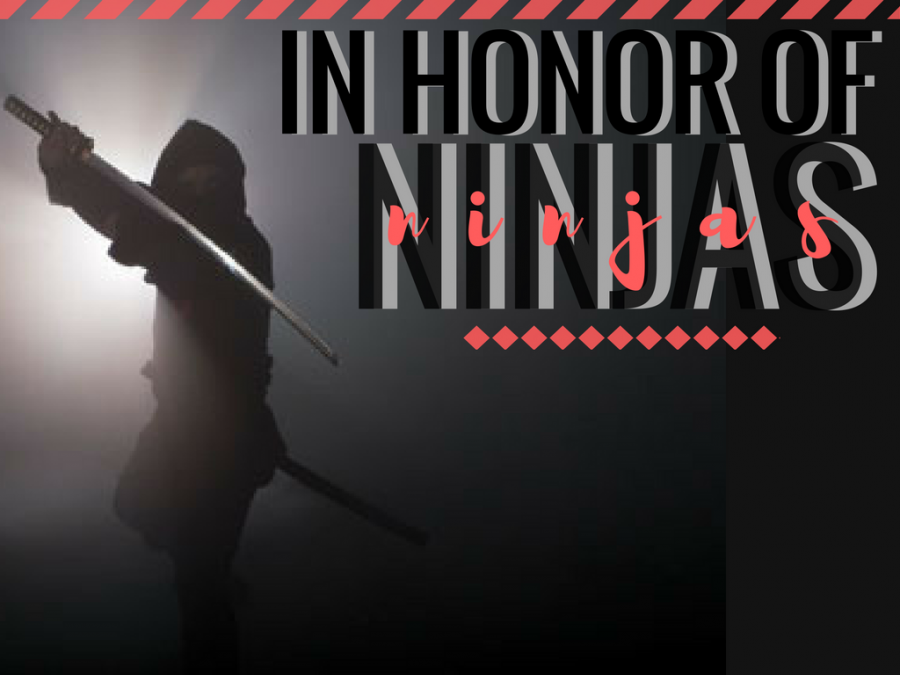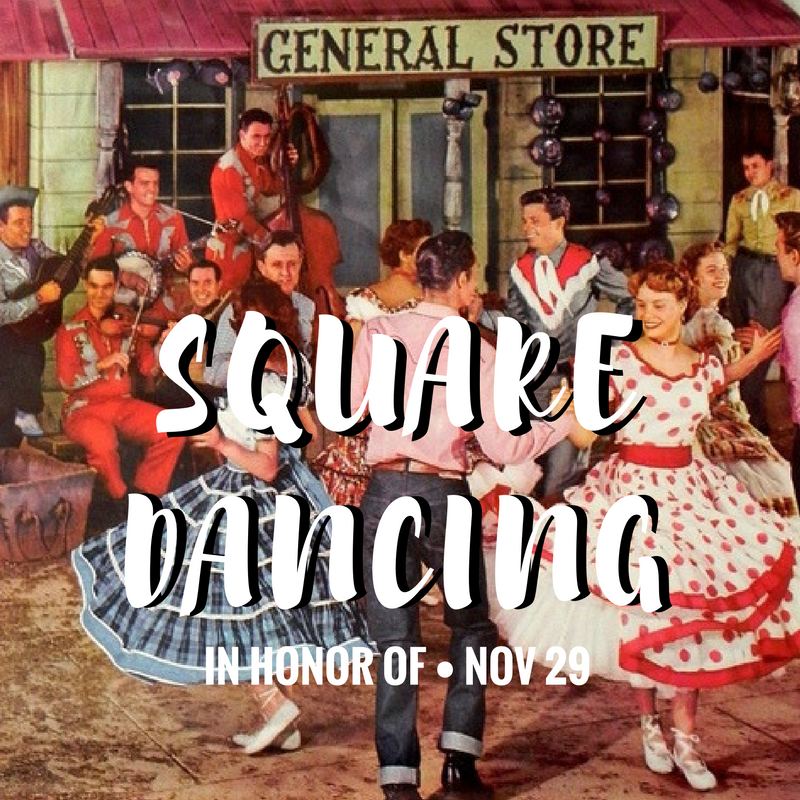December 5th, 2016 is International Ninja Day.
We all know what a ninja is. What pops into our heads at the mention of the word for most of us is a slender figure, clad in black, perched on the edge of a roof, or window sill, fluidly melding in and out of the dark as if made of shadows itself. This is what we’d call a garden variety ninja, the most common type. Lesser known, but still just as mystifying, is the teenage mutant turtle variety, and we can’t forget the blender variety. Clearly, ninjas have made a name for themselves in our culture, but where did they come from? Where in history can we find a group of bandana-sporting turtles named after 16th century artists? To find our answer, we just have to take a short trip from Renaissance Europe over to feudal Japan.
From the late 15th to the early 17th centuries, Japan was suffering through a time of constant military conflict, social upheaval, and–most importantly if we’re looking for ninjas–political intrigue. You see, the original ninjas did not wear black catsuits and wield nunchucks, hard as that may be to believe. They’re reputation for stealth and invisibility came from the fact that they were specially trained soldiers who looked just like the peasants at the time. They’re weapons came from farm tools, like sickles–no ninja stars quite yet. The ninja we think of now, catsuit and all, actually came about from Japanese theater. Typical performances featured a black backdrop, so the stagehands would dress in all-black to blend in and not distract from the show. People were used to these shadowy figures moving props around mid-show and came to think nothing of them.
Whenever ninjas entered the theatrical equation, however, these stagehands took on an elevated role that shocked audiences and created for themselves an enigmatic persona that has continued to this day.
Then, in 1984, a small studio published the comic book series “Teenage Mutant Ninja Turtles” that ultimately became a TV show with not one, not two, not three, but four, count ‘em, f o u r reboots (after the original ended came an anime version, a live-action stint in the ‘90s, a second animated run in the early 2000s, and one that started up again in 2012 that still runs today). For reasons even more bewildering, there have been six feature films. Six! I’m sorry, TMNT fans, but I just don’t get it.
From ancient Japan to poorly executed ’90s live-action reboots to highly-rated kitchenware, ninjas have clearly integrated themselves into our society more than we noticed (but maybe that was all part of the plan.)














